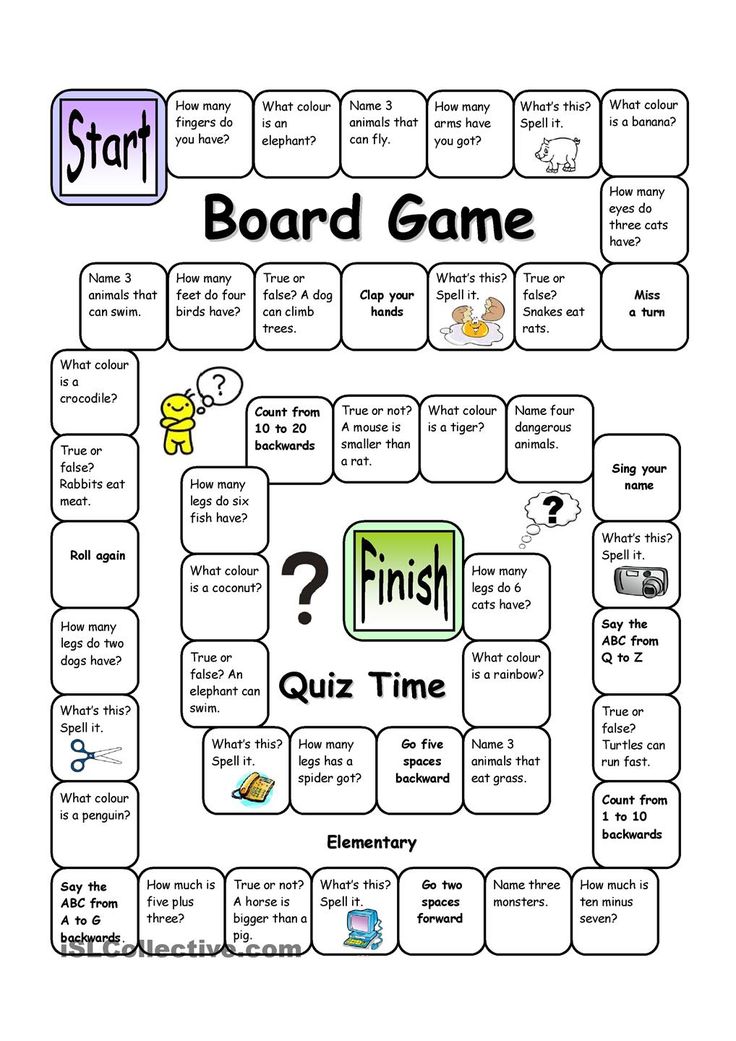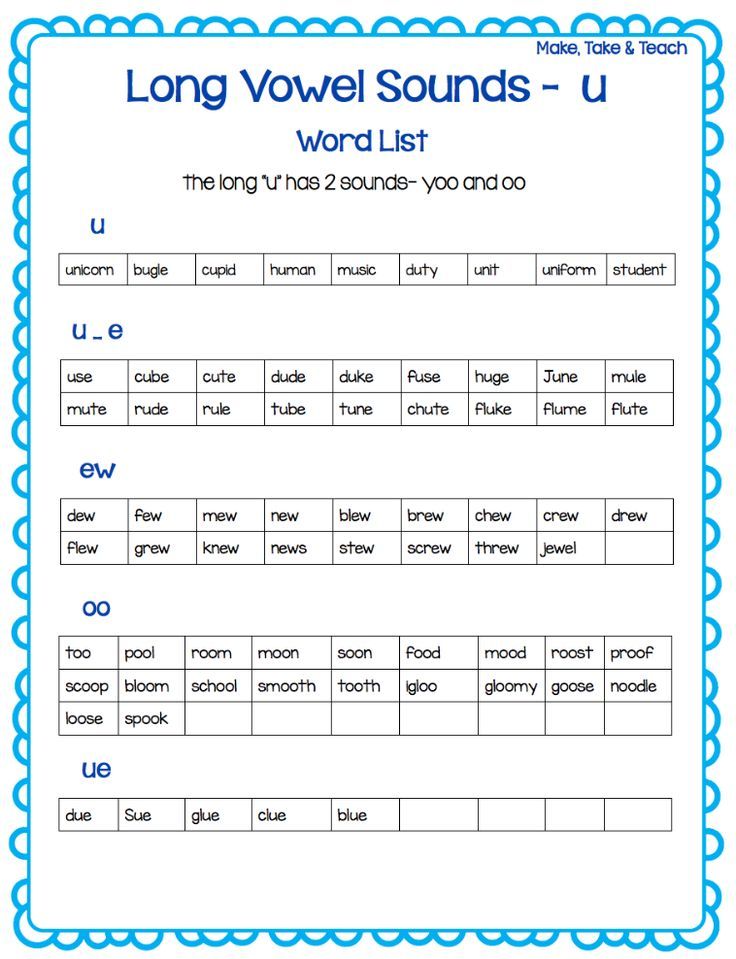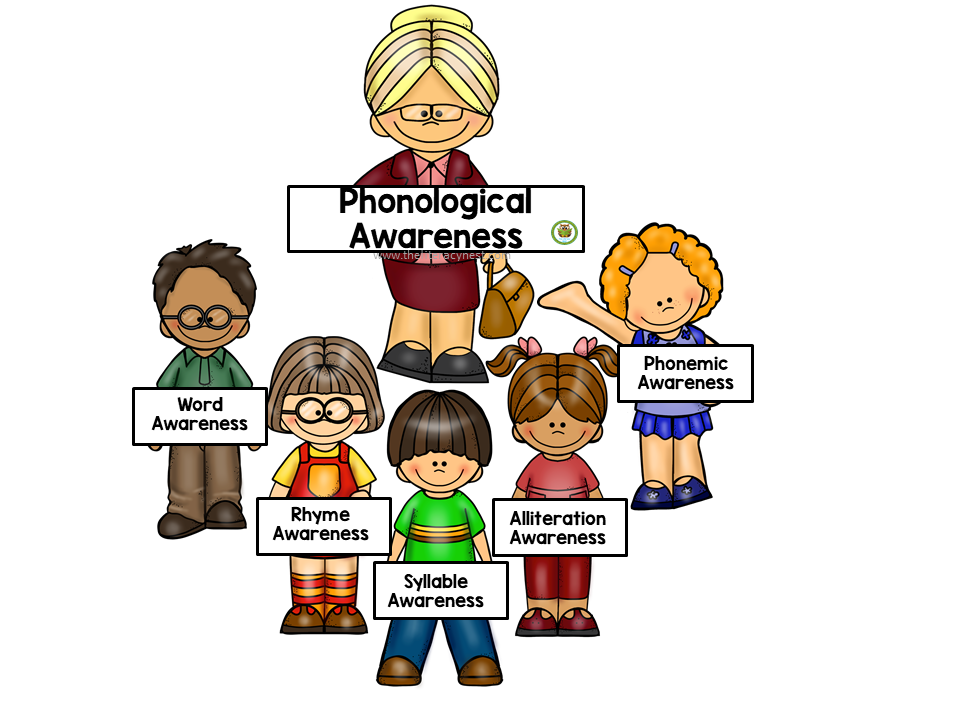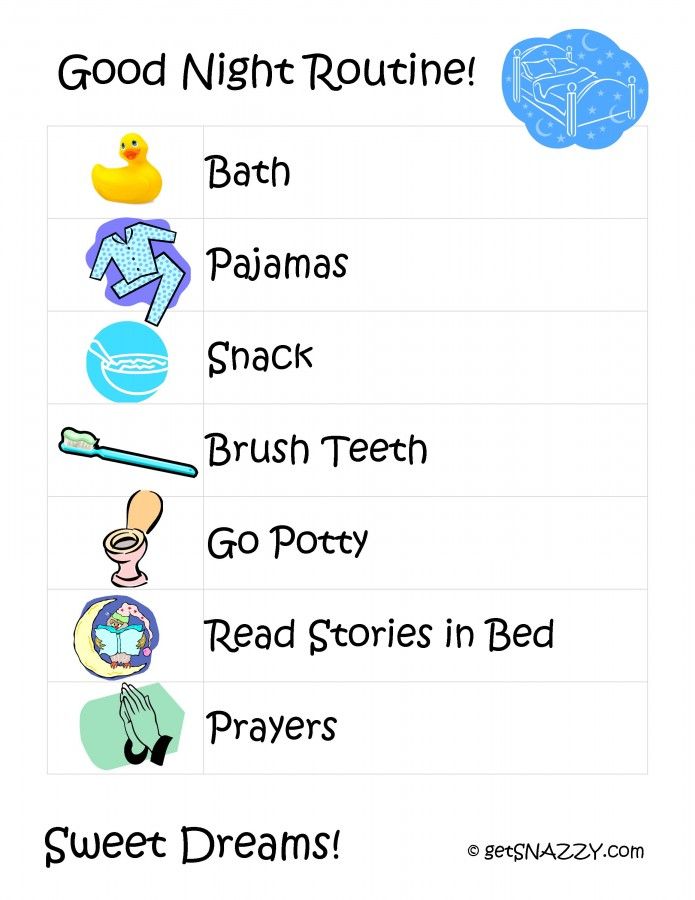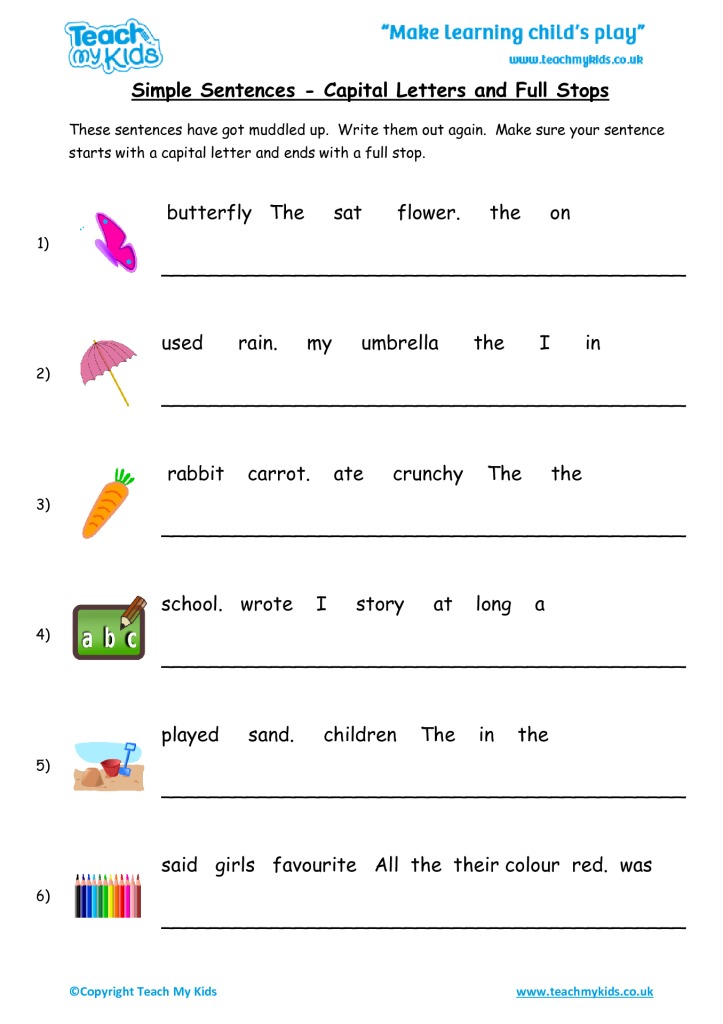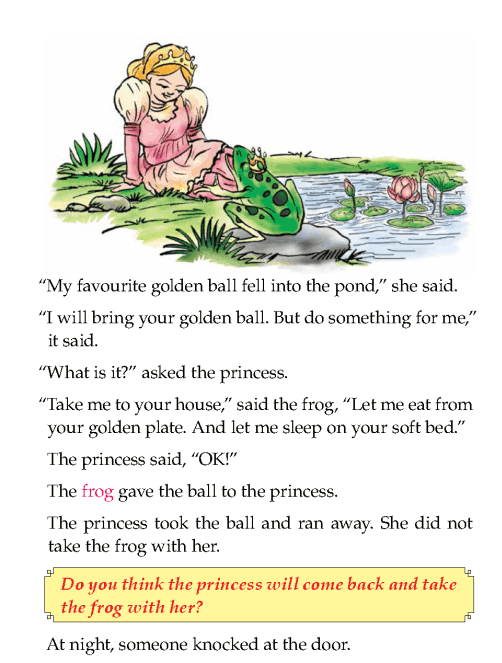Kids bedtime schedule
Bedtimes Sleep Chart by Age
Sleep is an integral part of human life, especially for babies and young children. Babies sleep a lot because they need sleep to grow. As babies grow into toddlers, children, and adolescents, sleep plays a vital role in their brain, body, and emotional and behavioral development. This is one of the primary reasons you want to ensure your babies and children get the sleep they need. But how much sleep do babies and children need?
The National Sleep Foundation (NSF) has recommended the following sleep needs of babies and children:
Age Range | Recommended Hours of Sleep (NSF) | Recommended Bedtime |
0-3 months old | 14 to 17 hours | No recommended bedtime |
4-6 months old | 12 to 16 hours | 7:00 pm - 8:00 p.m |
7-11 months old | 12 to 16 hours | 6:00 pm - 7:30pm |
1-2 years old | 11- 14 hours | 6:00 pm -7:30pm |
3-5 years old | 10-13 hours | 7:15 pm - 8:30pm |
6-13 years old | 9-11 hours | 7:15p. |
These recommended sleep times include naps and nighttime sleep. One thing to remember is that these are broad sleep recommendations, and some children may benefit from an hour more or an hour less of sleep. It's also good for you to note that while these are just guidelines, a healthy amount of sleep can significantly benefit babies and children.
Why do bedtimes matter?
Does a bedtime routine matter for children? The short answer is yes, it does. A survey of 10,000 children showed irregular bedtimes are linked with behaviors like hyperactivity, acting out, and being emotionally withdrawn. No bedtime routine or an inconsistent one can affect children the same way as jet lag, resulting in insomnia.
This jet lag effect happens because of the biological clock deep inside the brain called the suprachiasmatic nucleus. This nucleus is a tiny cluster of nerve cells, no bigger than a grain of rice, that's extremely sensitive to light coming from our eyes.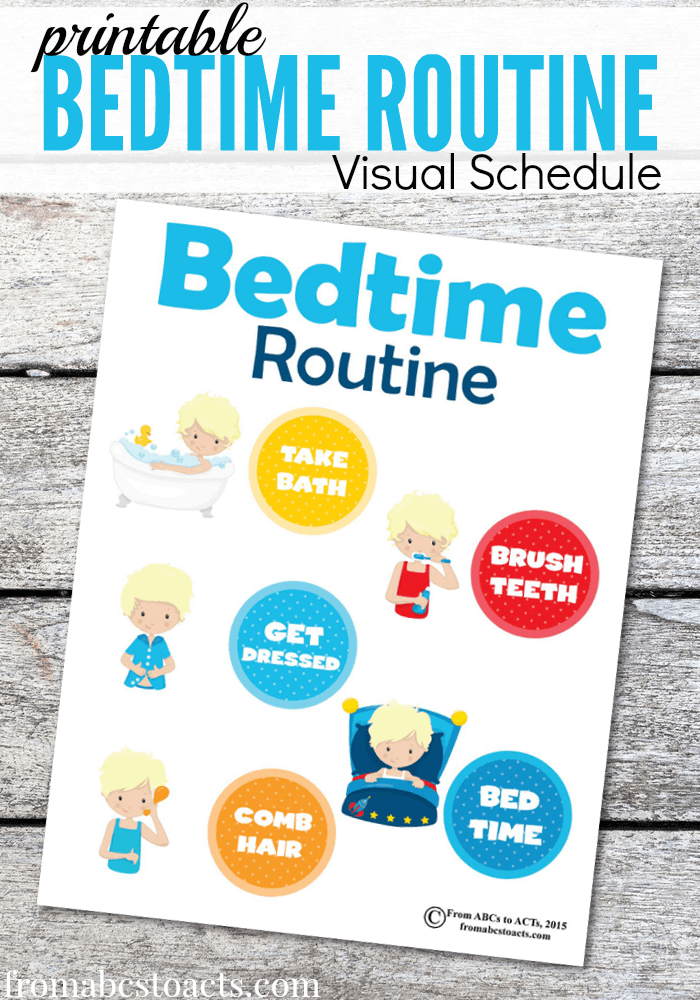 When the light begins to fade at the end of the day, a brain hormone called melatonin rises, causing drowsiness. Children have a rise in melatonin earlier in the evening compared to teenagers and adults, so the natural time for school-age children to fall asleep is between 7 to 8 pm.
When the light begins to fade at the end of the day, a brain hormone called melatonin rises, causing drowsiness. Children have a rise in melatonin earlier in the evening compared to teenagers and adults, so the natural time for school-age children to fall asleep is between 7 to 8 pm.
It's also essential to develop good sleep hygiene early on because proper sleep is essential for growth, immune function, and behavior. Most experts agree that having a sleep schedule leads to healthy sleep habits later on.
Bedtime routines for kids and nap times by age
Sleep is vital for a child's growth. But, how much sleep should your child ideally get for them to get enough sleep? And do they need an afternoon nap schedule as well? Here is some advice on sleep routines by age.
Babies: Newborn to One-Year-Old
Babies go through a lot of changes during their first year, and part of these changes is the amount of sleep they need.
Newborn(0 to 3 Months)
Newborns still have not developed a circadian rhythm, so they typically sleep in spurts of two to four hours of sleep during the day and night.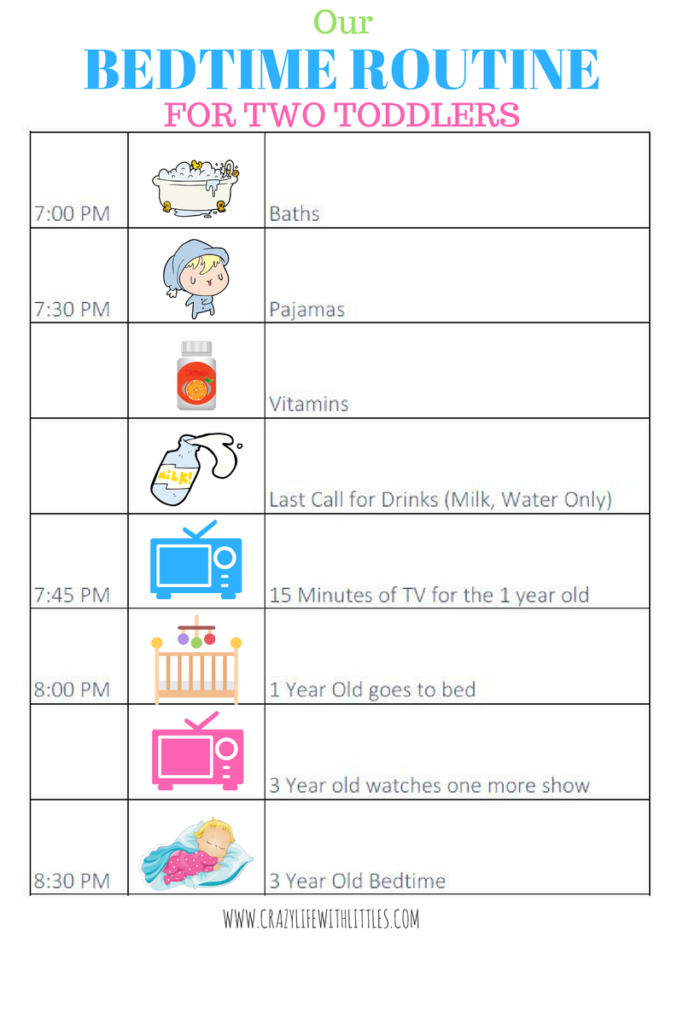 This sleep pattern is because they need to feed. Newborns usually spend between 14 to 17 hours of sleep per day. The American Association of Sleep Medicine ( AASM) and the American Academy of Pediatrics (AAP) don't list a recommended amount of sleep for newborns because fluctuations in sleep patterns can occur during this age. This change in sleep patterns is normal when your baby is this young and doesn't usually indicate any problem. If you want to establish a sleep schedule for your baby, it's best to wait within the 4-6 month range.
This sleep pattern is because they need to feed. Newborns usually spend between 14 to 17 hours of sleep per day. The American Association of Sleep Medicine ( AASM) and the American Academy of Pediatrics (AAP) don't list a recommended amount of sleep for newborns because fluctuations in sleep patterns can occur during this age. This change in sleep patterns is normal when your baby is this young and doesn't usually indicate any problem. If you want to establish a sleep schedule for your baby, it's best to wait within the 4-6 month range.
Babies usually sleep a lot simply because they need sleep to grow. Sleep allows the brain to develop and facilitates thinking, learning and developing behavior. Sleep together with solid nutrition helps a baby develop physically and acquire better motor skills they need later on.
Premature babies and sleep
If your baby is born prematurely, her sleep pattern will be different from full-term infants. Preemies can sleep up to 22 hours a day, depending on how premature they are.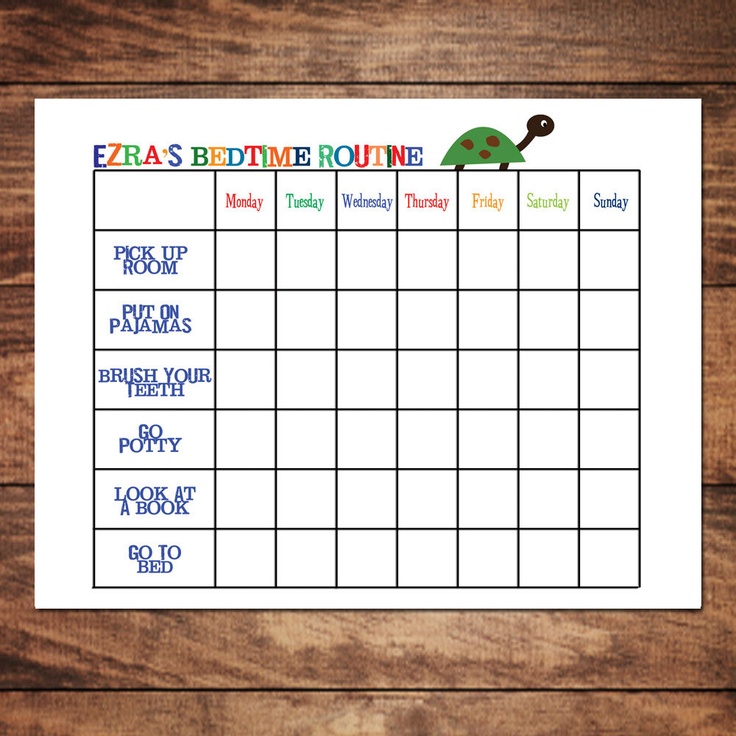 They'll also wake up more often to feed. They also tend to sleep through the night ( about six hours or more) a bit later, usually 10 to 12 months old.
They'll also wake up more often to feed. They also tend to sleep through the night ( about six hours or more) a bit later, usually 10 to 12 months old.
4-6 Months
You can expect your baby to fall asleep anywhere between 12 to 16 hours a day at this age. It's also when they tend to sleep five to six hours in a row during the night. At this time, your baby's nap time will be about three times a day. You can start your baby's biological rhythms by anticipating when they will go to sleep. The trick here is to soothe them and put them to sleep before they get overtired. A good rule of thumb is to put your baby to sleep every two hours.
This age is the sweet spot if you want to start sleep training. Experts don't recommend starting it earlier. Your baby's circadian rhythm has developed, and your baby can go longer without feeding. Sleep training is different from night weaning.
Sleep training is a way of teaching your baby to fall asleep by themselves. You'll usually want to put your baby down when she is drowsy but not still awake, and she'll drift to sleep without needing to be swayed, cuddled, or nursed by you.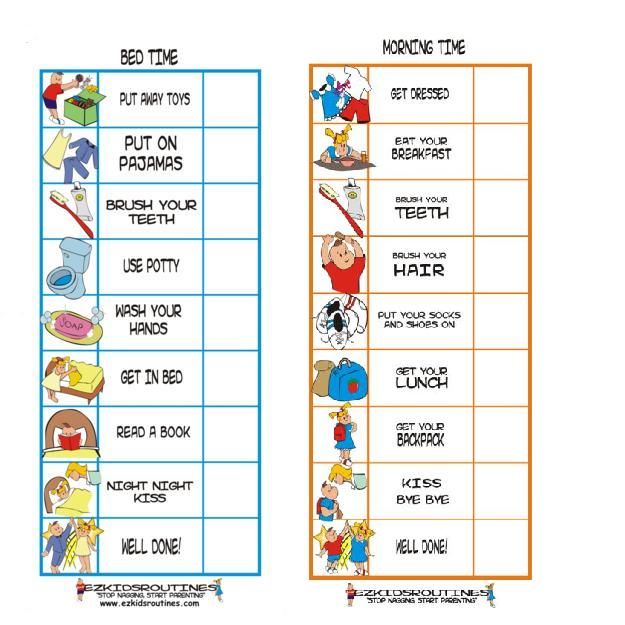 There is no right way of sleep training your baby, and you can try several methods. There's the:
There is no right way of sleep training your baby, and you can try several methods. There's the:
- Cry it out method (Extinction)
- The chair methods
- Pick up, put down and shush-pat
- Bedtime-routine fading
- Bedtime-hour fading
- Check and Console (Ferber Method)
Sleep training is not for everybody. If you want to try sleep training your baby, keep in mind that there will be a lot of tears involved, both from you and your baby. It can be challenging, but the vital thing to remember is to follow through once you've decided to go through with it. If you need, you can consult with child sleep consultants.
7-11 months
Your baby's total sleep time will remain roughly the same at this age –– about 12 to 16 hours. The main difference will be overnight stretches may reach up to 10 to 12 hours. Your baby's nap time will be reduced to two naps a day, from three. At this point, you would have established a regular bedtime routine with your baby.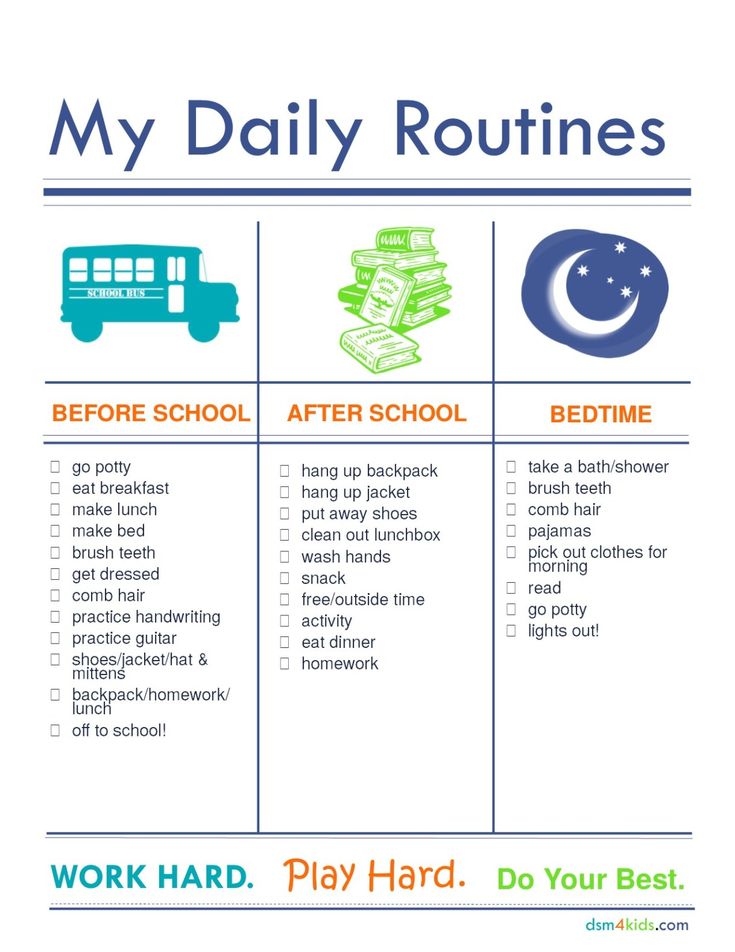 Try following the same pattern every night so she knows what to expect.
Try following the same pattern every night so she knows what to expect.
Toddlers: 1-2 Years Old
Your toddler should get anywhere between 11 to 14 hours of sleep every day. Your toddler will still nap at this age, but your toddler will reduce the amount of time she will spend napping to around 1-2 hours.
Your toddler may start with two naps a day, but later on, she may skip her morning nap altogether and take short naps in the afternoon. At this stage, your toddler will be experiencing a lot of excitement as she discovers the world. Understandably she won't want to sleep. So, you need to establish a nap time and consistent bedtime routine and follow it so her sleep needs are met.
Preschool: 3-5 Years Old
Preschool children at this age should get around 10-13 hours of sleep per day, according to top NSF and AASM guidelines. During this time, naps may get shorter, or your active preschooler may skip the nap altogether.
At this time, your preschooler may also experience night wakings because of nightmares and night terrors.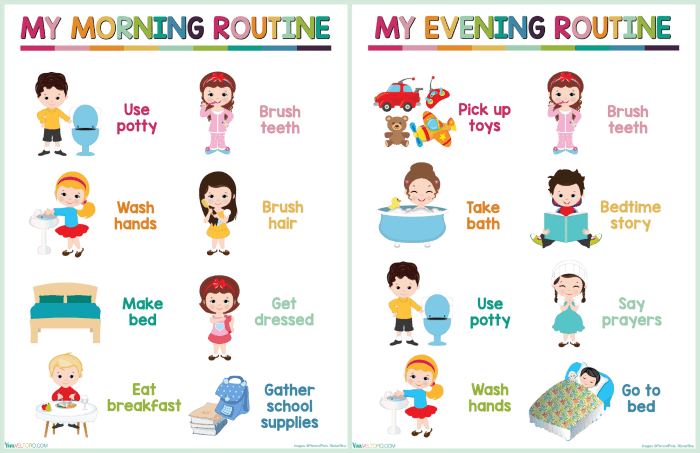 Night terrors usually occur when there's partial arousal from a deep sleep. Your child may scream and even sit up, but they are not conscious. There are many causes of night terrors, but one of the causes of night terrors is overtiredness. If your child experiences night terrors, try putting her down for a short afternoon nap. Naps can help with fatigue and can help lessen night terrors. If it persists, you might consider consulting your pediatrician or a sleep consultant.
Night terrors usually occur when there's partial arousal from a deep sleep. Your child may scream and even sit up, but they are not conscious. There are many causes of night terrors, but one of the causes of night terrors is overtiredness. If your child experiences night terrors, try putting her down for a short afternoon nap. Naps can help with fatigue and can help lessen night terrors. If it persists, you might consider consulting your pediatrician or a sleep consultant.
School-Age Children: 6-13 Years Old
The National Sleep Foundation advises school-age children should get 9-11 hours of sleep every night.
Children of school age have a broader set of ages, so the individual sleep needs of the children in this group can vary greatly—generally, younger children need to have more sleep than older children.
Older children going through puberty and entering adolescence can experience a disruption to their sleep patterns. Remember your teenager needs to get at least 8 hours of sleep every night.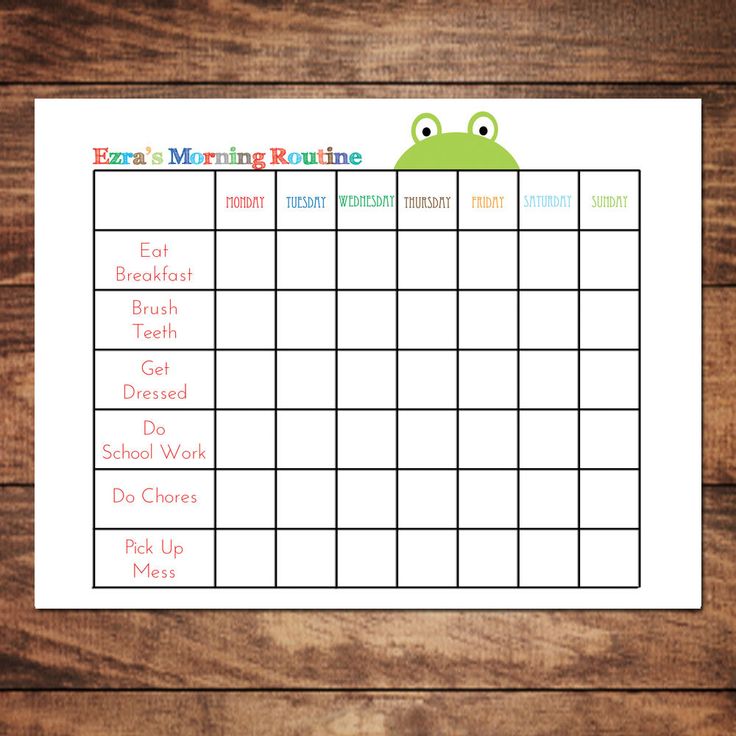 It might not always be possible given all the things they do at school, but try your best.
It might not always be possible given all the things they do at school, but try your best.
How to Choose the Right Bedtime For Your Child
Now that you know how much sleep your child needs according to their age, calculating your child's bedtime is straightforward. The best way to do it is to count backward.
- Pick a time they need to wake up (6.30 am, 7:00 am, 7:30 am, etc.).
- Count backward using the recommended amount of sleep your child needs.
For example, your seven-year-old needs to be awake at 6:30 am for school. Ideally, seven-year-olds need 10 hours of sleep. Using this information, work backward from 6:30 am. The appropriate bedtime for your child is at 7:30 pm.
Of course, please don't use this technique for newborns because newborns haven't established a circadian rhythm yet, so calculating a bedtime routine is impossible.
You can use this beneficial Wilson Elementary Bedtime chart as a guide for calculating the proper bedtime routine for your child. A good thing to note is that an early bedtime is best for children because they usually wake up early no matter what time they go to bed. So sleeping at an earlier time is ideal.
A good thing to note is that an early bedtime is best for children because they usually wake up early no matter what time they go to bed. So sleeping at an earlier time is ideal.
Tips to Get Your Child to Sleep Better
Children, like adults, can have trouble falling asleep. Research shows that an estimated 25% of young children have sleep problems or experience sleepiness during the daytime because of insufficient sleep. The good news is you can help your child sleep better by establishing a set nighttime routine.
- Create a consistent bedtime routine
Consistency is key to bedtime. This is especially true for infants, toddlers, and school-aged children. A good routine you might want to try includes a light playtime, bath, brushing teeth, bedtime story, and then bed.
Whatever routine you choose, it should be comforting and relaxing to set the tone for bedtime. You can even include relaxation techniques like breathing exercises as part of your sleep process.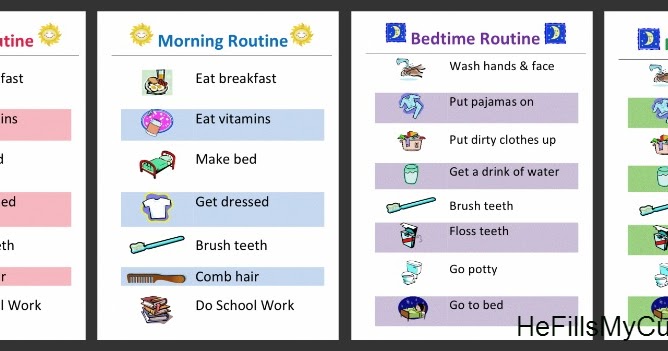 When your child gets used to the routine, she will start to get sleepy at the start of the routine.
When your child gets used to the routine, she will start to get sleepy at the start of the routine.
- Turn off screens and devices at least 2 hours before bedtime
The blue light coming from tablets or phones can interfere with the production of the sleep hormone melatonin. The hormone tells our body its time to sleep, and when it's at its highest, people, including children, are sleepy and ready for bed.
Try to keep your child's bedroom as screen-free as possible, or make sure all screens are turned off or dark at bedtime. Instead of screen time, you can choose to read to your child in the evening or maybe even play soft music to allow their brain to rest and get ready for bed.
- Invest in a good mattress
When your child has her bed, investing in a good mattress that offers excellent support goes a long way to ensure your child has a restful sleep. No matter what sleeping position your child has, a good bed will make sure when they fall asleep, they stay asleep.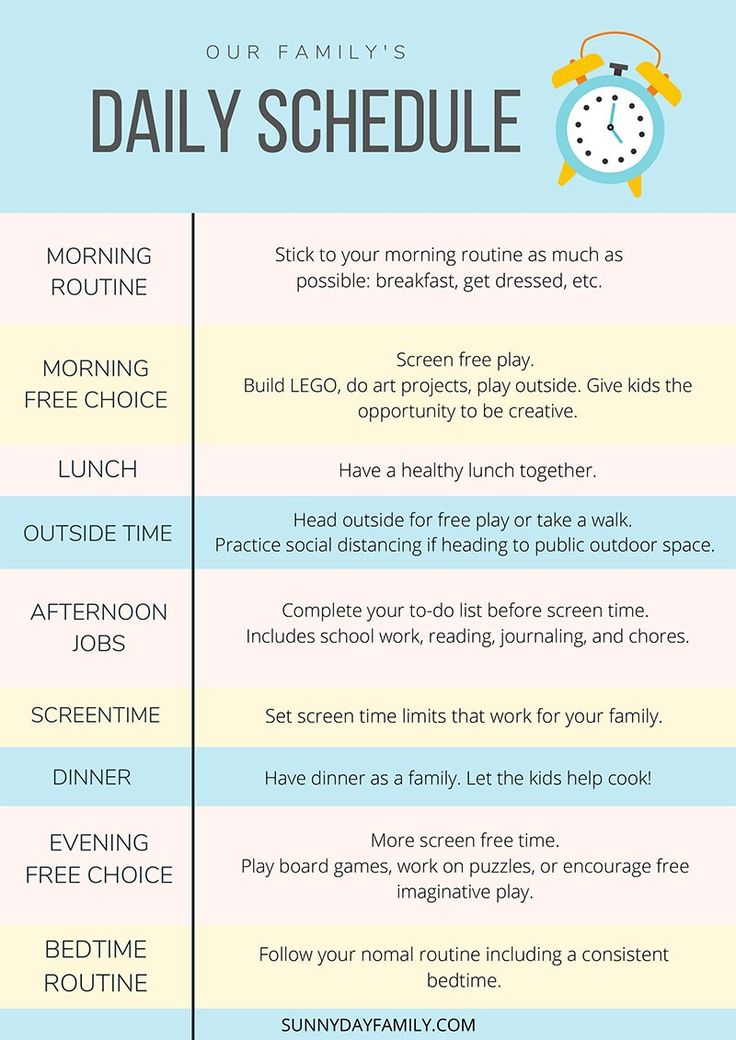
- Teas for Sleep
It may seem strange to think of giving your child a cup of tea, but it can be as relaxing for them as it is for adults. Create a bedtime ritual that gets your child involved in making a cup of herbal tea (keeping safety in mind at all times, of course!). Have your child dunk the tea bag into the warm water and blow on the steam to cool it off. The meditative effects of a ritual like this can help them relax and slow down for the day.
Before bed, you should avoid any teas that contain caffeine, as it can keep your child up all night. To ensure a peaceful night’s sleep, caffeine-free herbal teas like chamomile, lavender, lemon balm, and peppermint are ideal. Some companies even make a tea blend explicitly designed to help achieve a good night’s sleep.
Difficulty falling asleep
Children who stay up beyond their "sleep window" produce cortisol and adrenaline (stimulating hormones), resulting in poorer sleep.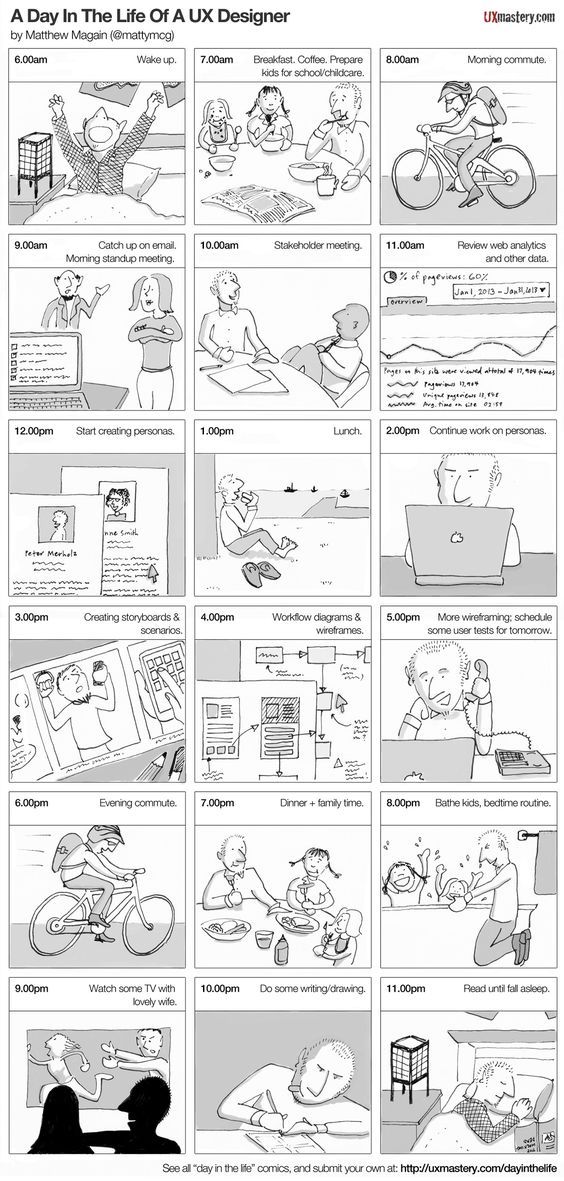 For instance, night walking is often caused by early risers, children who naturally wake up early despite having a late bedtime. Likewise, when your child fails to get enough sleep and is always tired, research suggests it is most likely because their bedtime is too late. Although an earlier bedtime is not a 100% guarantee, it often helps alleviate problems such as these.
For instance, night walking is often caused by early risers, children who naturally wake up early despite having a late bedtime. Likewise, when your child fails to get enough sleep and is always tired, research suggests it is most likely because their bedtime is too late. Although an earlier bedtime is not a 100% guarantee, it often helps alleviate problems such as these.
Establishing a soothing bedtime routine can help your children associate bedtime with sleepiness. For example, relax your child by soaking in a warm bath filled with lavender essential oil or Epsom salts, both of which promote drowsiness and calmness. In addition to promoting sleep, warm milk or herbal teas, such as chamomile and peppermint, can soothe children's stomachs. Further, blue light found in smartphones, computers, tablets, and TV can hinder sleep and reduce melatonin levels. At night, reducing screen time by at least one to two hours may counteract blue light's effects.
Maybe you have already considered the possibility that your child has a sleeping disorder.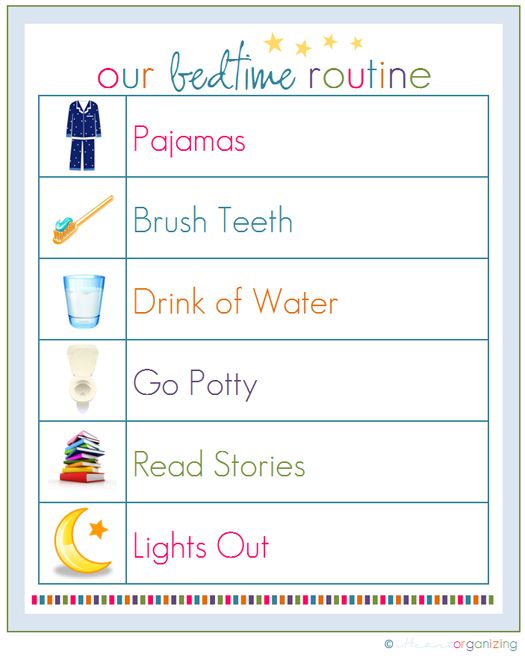 However, they will likely need to develop a consistent and soothing sleeping schedule, which should resolve the problem!
However, they will likely need to develop a consistent and soothing sleeping schedule, which should resolve the problem!
Early to bed, early to rise
Sleep is essential, especially for babies and children. It makes them happy, healthy, and ready to face the world. One of the best ways to ensure they get the sleep they need is to invest in a mattress like Leesa that gives their bodies the right amount of support and comfort. Invest in your children's sleep. If you have any questions, our team at Leesa is ready to help. Shop Leesa today.
FAQs
What time should a 7-year-old go to bed?
According to the National Sleep Foundation (NSF), a seven-year-old needs 9 to 11 hours of sleep every night. If your child needs to be awake for school at, say, 6:30 am, the reasonable hour for bedtime can be between 7:15 pm latest, 7:45 pm.
What time should my 4-year-old go to bed?
Four-year-olds should ideally get between 10-and 13 hours of sleep, including naps.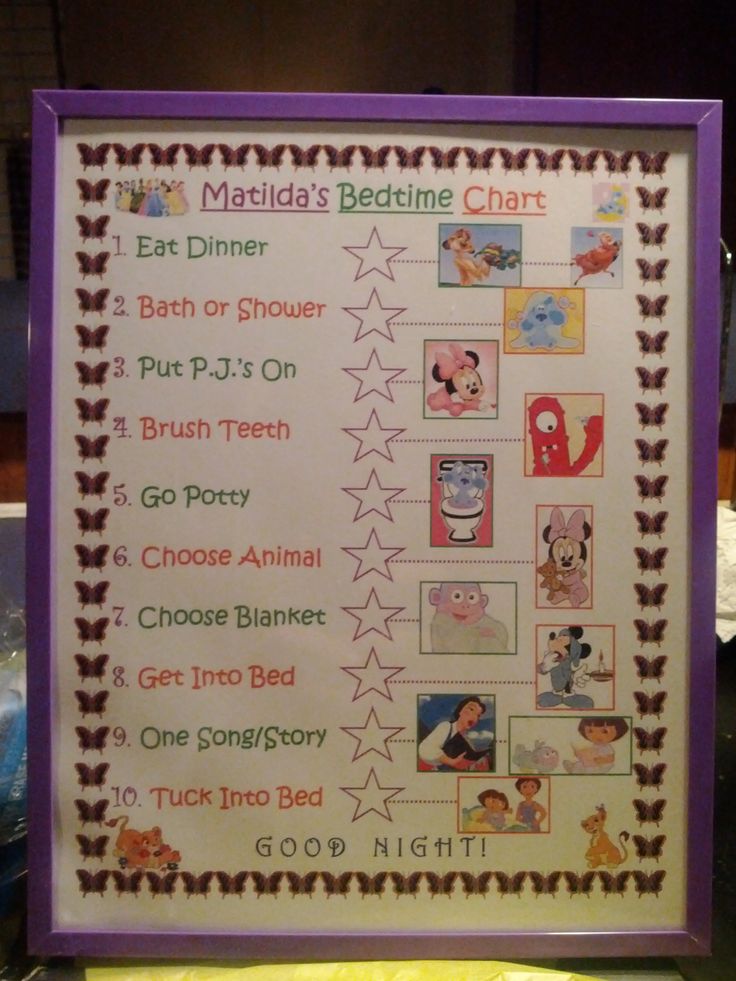 If your child has dropped the nap, aim for a 6 pm -8 pm bedtime. If your child still naps, you can move the rest closer to 8 pm. Make sure you've set up a bedtime routine for your child.
If your child has dropped the nap, aim for a 6 pm -8 pm bedtime. If your child still naps, you can move the rest closer to 8 pm. Make sure you've set up a bedtime routine for your child.
What is a 12-year-old's bedtime?
A 12-year-old should ideally get 9-11 hours of sleep. If your nearly teen needs to wake up at 6:30 am for school, aim for an 8:15, at latest 9 pm bedtime. Of course, the onset of puberty can affect your child's bedtime pattern and routine. If you notice this is the case, you may want to teach your child some relaxation techniques, limit screen time, and create a bedtime routine to help them sleep better.
What time should a 2-year-old go to bed?
A two-year-old should ideally get around 11 to 14 hours of sleep. At this age, your two-year-old might still be taking one nap a day at this age, so depending on what time your child takes a nap, the ideal bedtime would be around 6 pm-7:30 pm.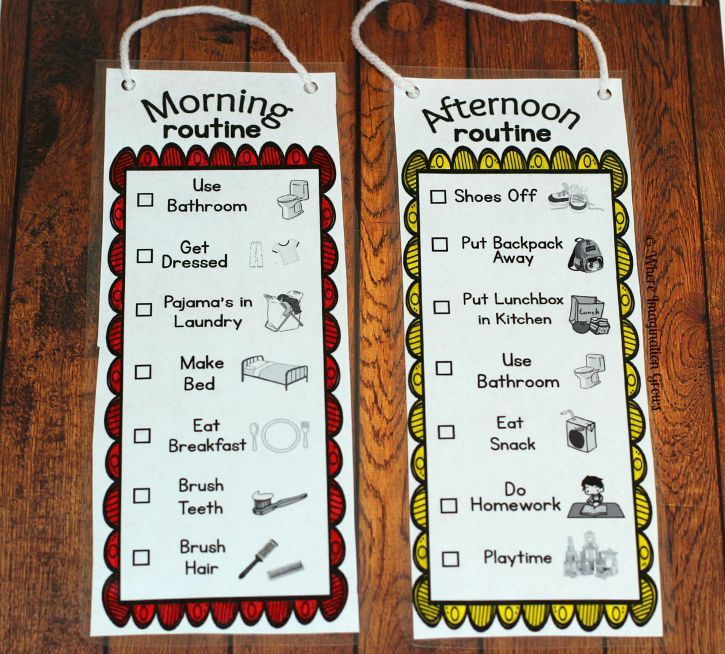
What helps a child sleep?
The most effective way to improve your child's sleep schedule is to incorporate a soothing bedtime routine. When young children are ready for sleep, baths and stories help them relax. In older children, the routine may consist of quietly talking about their day, reading a book, listening to soft music, or settling for a few extra minutes before bed.
Perfecting Your Child’s Bedtime Routine
1.
Mindell, J. A., Telofski, L. S., Wiegand, B., & Kurtz, E. S. (2009). A nightly bedtime routine: impact on sleep in young children and maternal mood. Sleep, 32(5), 599–606. https://doi.org/10.1093/sleep/32.5.599
2.
Mindell, J. A., Leichman, E. S., Lee, C., Williamson, A. A., & Walters, R. M. (2017). Implementation of a nightly bedtime routine: How quickly do things improve?. Infant behavior & development, 49, 220–227. https://doi.org/10.1016/j.infbeh.2017.09.013
3.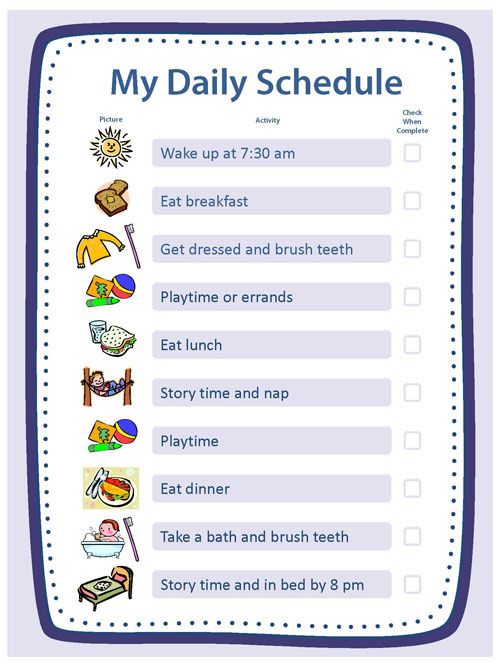
Hale, L., Berger, L. M., LeBourgeois, M. K., & Brooks-Gunn, J. (2011). A longitudinal study of preschoolers' language-based bedtime routines, sleep duration, and well-being. Journal of family psychology : JFP : journal of the Division of Family Psychology of the American Psychological Association (Division 43), 25(3), 423–433. https://doi.org/10.1037/a0023564
4.
Kitsaras, G., Goodwin, M., Allan, J., Kelly, M. P., & Pretty, I. A. (2018). Bedtime routines child wellbeing & development. BMC public health, 18(1), 386. https://doi.org/10.1186/s12889-018-5290-3
5.
Lee, S., Hale, L., Chang, A. M., Nahmod, N. G., Master, L., Berger, L. M., & Buxton, O. M. (2019). Longitudinal associations of childhood bedtime and sleep routines with adolescent body mass index. Sleep, 42(1), zsy202. https://doi.org/10.1093/sleep/zsy202
6.
Mindell, J. A., & Williamson, A. A. (2018). Benefits of a bedtime routine in young children: Sleep, development, and beyond.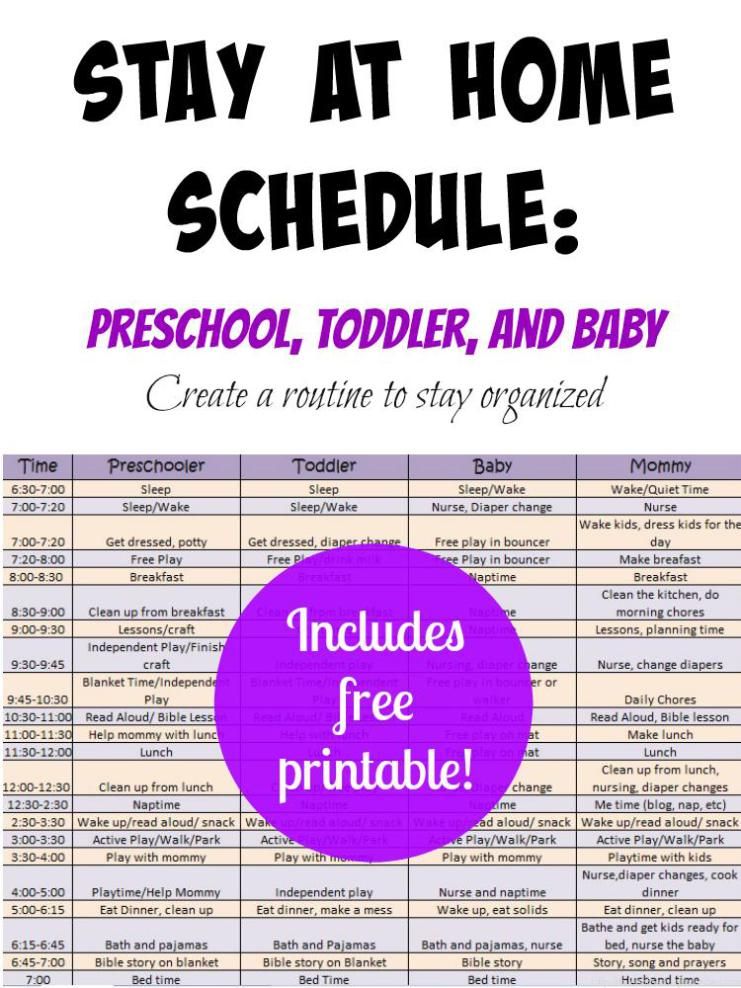 Sleep medicine reviews, 40, 93–108. https://doi.org/10.1016/j.smrv.2017.10.007
Sleep medicine reviews, 40, 93–108. https://doi.org/10.1016/j.smrv.2017.10.007
7.
American Academy of Pediatrics. (2012, March 26). The 4 B’s of Bedtime. HealthyChildren.org. Retrieved January 9, 2021, from https://www.healthychildren.org/English/healthy-living/sleep/Pages/The-4-Bs-of-Bedtime.aspx
8.
Prokasky, A., Fritz, M., Molfese, V. J., & Bates, J. E. (2019). Night-to-Night Variability in the Bedtime Routine Predicts Sleep in Toddlers. Early childhood research quarterly, 49, 18–27. https://doi.org/10.1016/j.ecresq.2019.05.004
9.
Mindell, J. A., Li, A. M., Sadeh, A., Kwon, R., & Goh, D. Y. (2015). Bedtime routines for young children: a dose-dependent association with sleep outcomes. Sleep, 38(5), 717–722. https://doi.org/10.5665/sleep.4662
10.
De Stasio, S., Boldrini, F., Ragni, B., & Gentile, S. (2020). Predictive Factors of Toddlers' Sleep and Parental Stress. International journal of environmental research and public health, 17(7), 2494.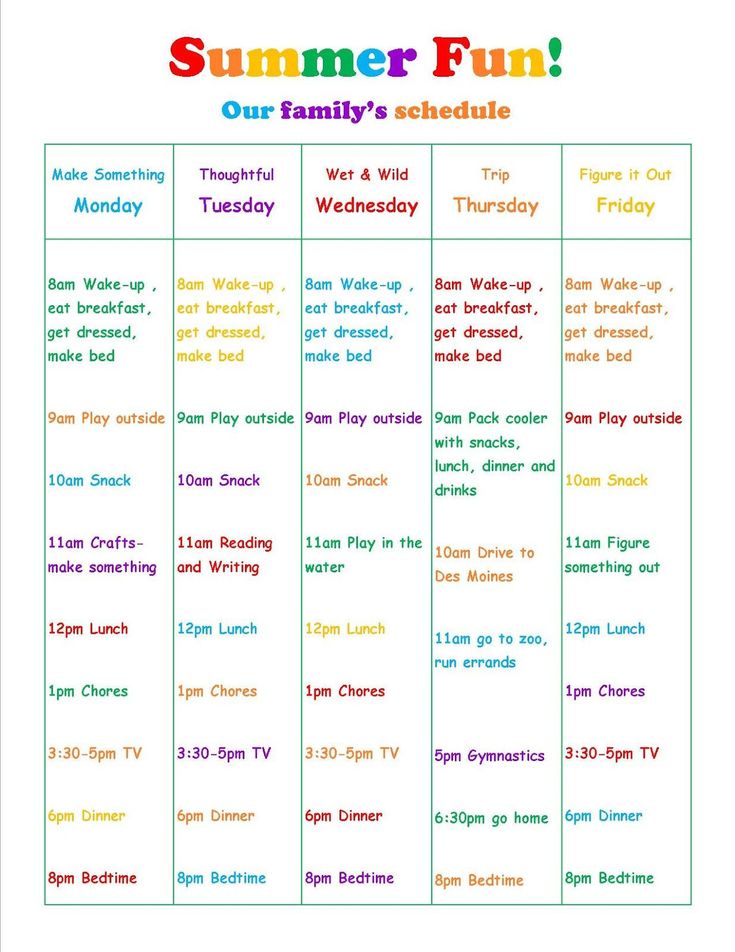 https://doi.org/10.3390/ijerph27072494
https://doi.org/10.3390/ijerph27072494
11.
Staples, A. D., Bates, J. E., & Petersen, I. T. (2015). Bedtime routines in early childhood: prevalence, consistency, and associations with nighttime sleep. Monographs of the Society for Research in Child Development, 80(1), 141–159. https://doi.org/10.1111/mono.12149
12.
Golem, D., Eck, K. M., Delaney, C. L., Clark, R. L., Shelnutt, K. P., Olfert, M. D., & Byrd-Bredbenner, C. (2019). "My stuffed animals help me": the importance, barriers, and strategies for adequate sleep behaviors of school-age children and parents. Sleep health, 5(2), 152–160. https://doi.org/10.1016/j.sleh.2018.11.003
13.
Levine R. S. (2001). Caries experience and bedtime consumption of sugar-sweetened food and drinks--a survey of 600 children. Community dental health, 18(4), 228–231. https://pubmed.ncbi.nlm.nih.gov/11789700/
14.
Iwata, S., Iwata, O., Iemura, A., Iwasaki, M.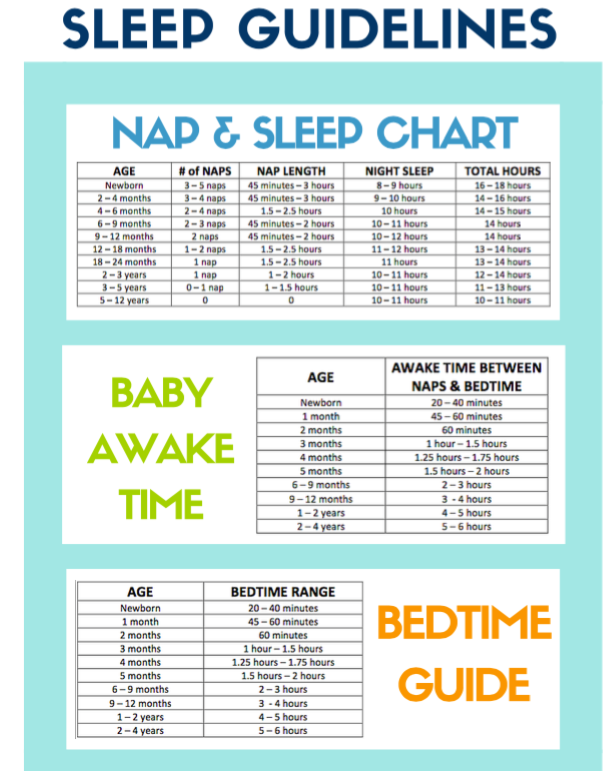 , & Matsuishi, T. (2012). Sleep architecture in healthy 5-year-old preschool children: associations between sleep schedule and quality variables. Acta paediatrica (Oslo, Norway : 1992), 101(3), e110–e114. https://doi.org/10.1111/j.1651-2227.2011.02515.x
, & Matsuishi, T. (2012). Sleep architecture in healthy 5-year-old preschool children: associations between sleep schedule and quality variables. Acta paediatrica (Oslo, Norway : 1992), 101(3), e110–e114. https://doi.org/10.1111/j.1651-2227.2011.02515.x
15.
American Academy of Pediatrics. (2013, September 5). Bedtime Routines for School-Aged Children. HealthyChildren.org. Retrieved January 9, 2021, from https://www.healthychildren.org/English/healthy-living/sleep/Pages/Bedtime-Routines-for-School-Aged-Children.aspx
Daily routine for a child under 1 year old
Daily routine is a system for distributing periods of sleep and wakefulness, meals, hygiene and health procedures, activities and independent human activities throughout the day.
Compliance with a rational daily routine corresponding to the age characteristics of the child contributes to his healthy growth and development. Getting used to performing various types of activities at the same time, the child is prepared for the upcoming type of activity at every moment of time, which ensures their easier and faster implementation.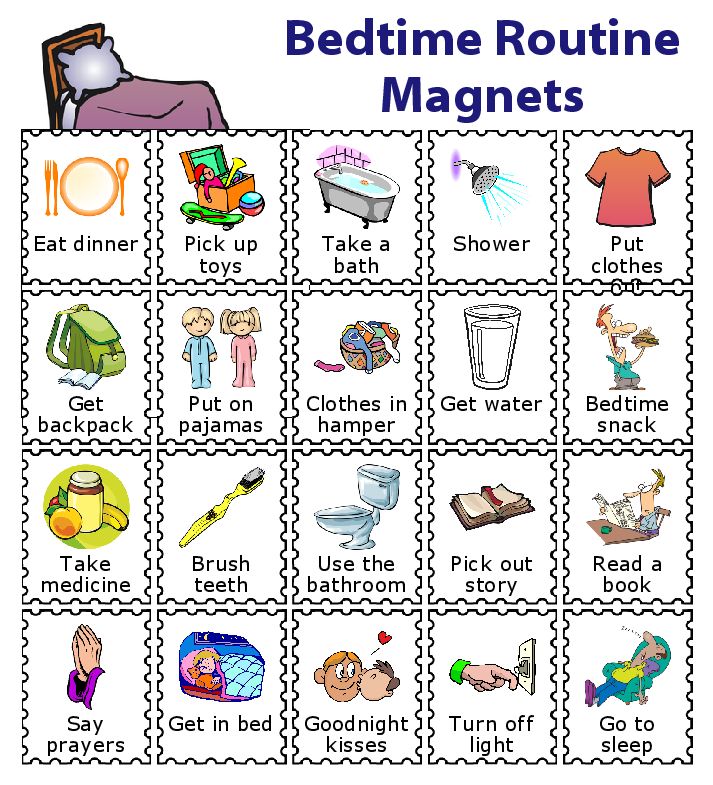 Compliance with the correct daily routine provides a good mood for the child and maintains a keen interest in the study of the world around him, contributing to his normal motor and psychoverbal development.
Compliance with the correct daily routine provides a good mood for the child and maintains a keen interest in the study of the world around him, contributing to his normal motor and psychoverbal development.
The child's daily routine includes the following obligatory elements: diet, time spent outdoors during the day, frequency and duration of sleep, mandatory classes to develop skills in accordance with age, free time.
In the first months after birth, a healthy newborn baby sleeps for most of the day, since all external stimuli are very strong for the nervous system of a child, accustomed to a cozy intrauterine environment, and cause its rapid exhaustion. As the child grows older, the duration of sleep gradually decreases and the time of wakefulness increases.
| Age | Daytime sleep mode | Night sleep | Wake mode |
| From birth to 2 months | 6 x 2. 5 hours 5 hours | 6 hours | During feeding |
| 2-4 months | 5 times 2-2.5 hours | 6.5 hours | 4 x 1.5 hours |
| 4-6 months | 4-5 times for 2 hours | 7 hours | 4 times 2 hours |
| 6-9 months | 3-4 times for 1.5-2 hours | 8 hours | 4 x 2.5 hours |
| 9-12 months | 2 x 1.5-2 hours | 9-10 hours | 4 times for 3-4 hours |
Closely related to the sleep-wake mode is the feeding mode of the baby. The sleep of a child in the first months of life is very sensitive and is easily disturbed under the influence of various extraneous stimuli, including hunger.
| Age | Mode | Example |
| From birth to 2 months | 7-8 times, every 3 hours | 6,9,12,15,18,21,24 (no night feeding) |
| From 2 to 6 months | 6-7 times, every 3.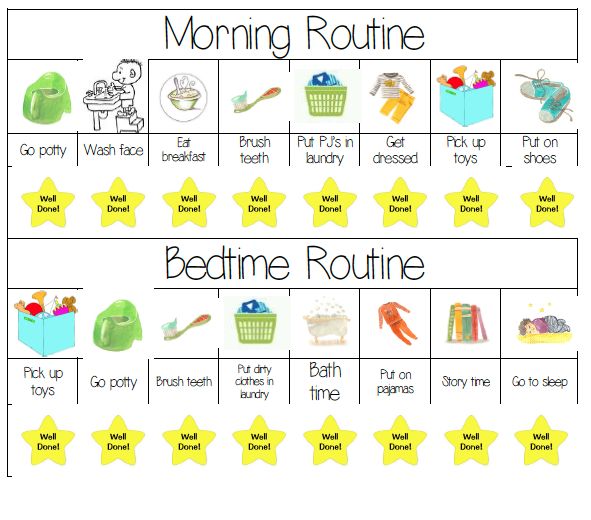 5 hours 5 hours | 6, 9.30, 13, 16.30, 20, 23.30 (without night feeding) 6, 9.30, 13, 16.30, 20, 23.30, 03 (with night feeding) |
| From 7-12 months | 5 times, every 4 hours | 6,10,14,18,22 |
A child's stay in the fresh air is essential in the daily routine. The total duration of stay in the open air for children under 1 year of age should be at least 5-6 hours a day. Fresh air has a calming effect on the baby, improves metabolic processes, and increases the body's defenses. In the summer, all games and activities should be held outdoors; in the cold and transitional seasons, two one-time walks of 1.5-2 hours are provided.
Fresh air also has a beneficial effect on sleep. By acting on the skin and mucous membranes of the nose and upper respiratory tract, it provides a faster fall asleep of the child and a higher quality of sleep. Sleeping outside can replace a walk, especially during the cold season.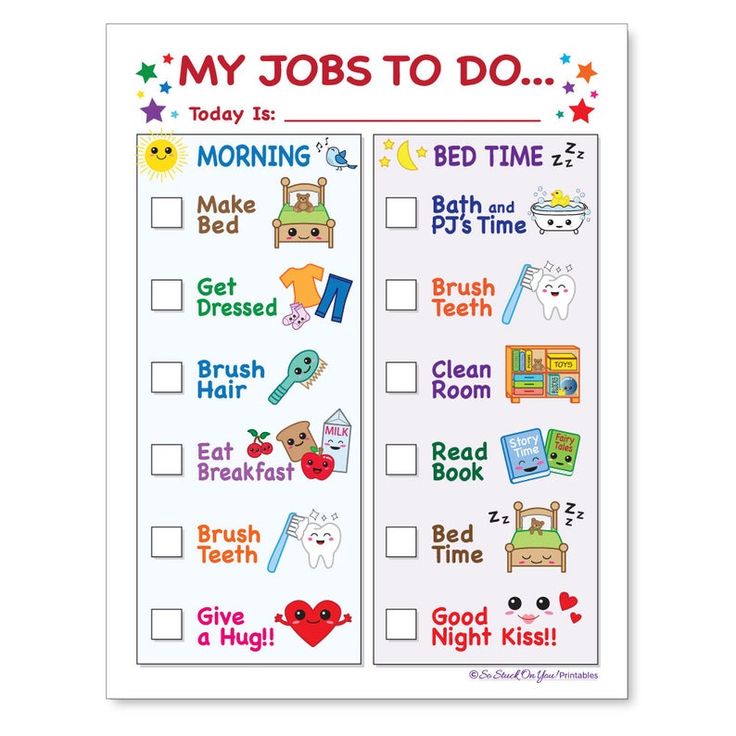
The child's daily routine is generally individual, but ideally, one should strive to ensure that the child eats after waking up, and then stays awake until the next sleep. A well-slept baby eats with appetite and then calmly and actively plays or engages, and tired of games, easily goes to sleep.
When your baby is awake, try to keep him active and cheerful. It is necessary to dress the child in loose clothing that does not hinder movement, provide access to toys appropriate for his age, and most importantly, actively participate in games and activities with the baby as a whole family.
Author - Physiotherapist - DMITRIENKO T.G.
Baby sleep mode
All parents dream of their baby sleeping well. And not only because they themselves need to snatch a piece of time for rest, but also because healthy sleep is vital for the normal functioning of the child's body.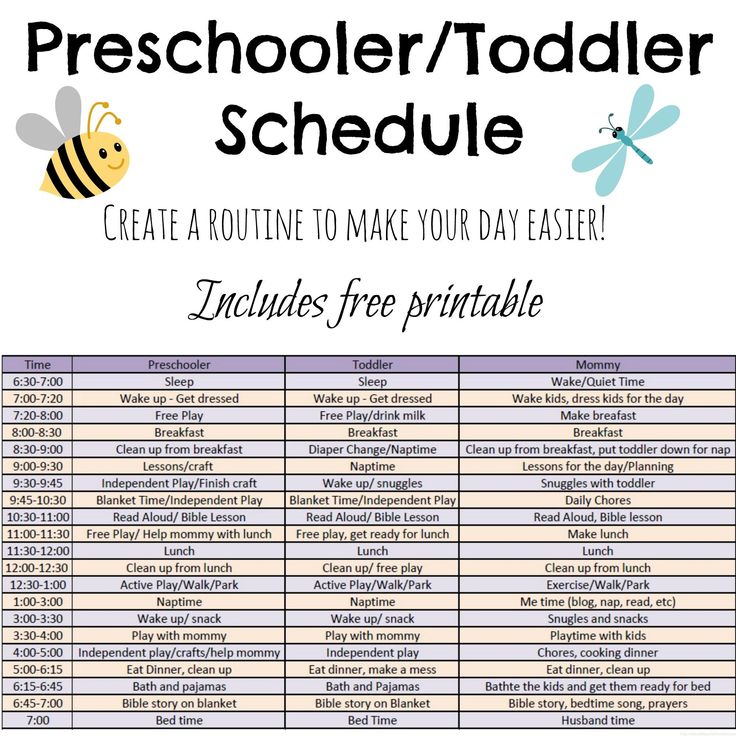
A newborn and a child in a year or two sleep differently. The total duration of sleep in the first months of life is 16-20 hours a day, gradually decreasing to 12 hours at the age of five and up to 10 hours at the older age. However, with age, not only the duration of sleep changes, but also its rhythm. In young children, REM sleep with dreams predominates over slow-wave, deep sleep.
By about eight months, the proportion of REM sleep decreases and is about 20-25% of the total sleep duration, which corresponds to the sleep rhythm of an adult.
A child is born with an unformed circadian rhythm, and quite often even during pregnancy the baby slept or was awake contrary to his mother. A newborn usually sleeps no more than an hour and a half in a row - that's how long the sleep-wake cycle takes him. At the age of two to eight weeks, this cycle is extended to 4 hours.
Sleeping through the night without waking up, most children will learn before the age of one. At the age of two, children finally form a well-established daily rhythm, but it becomes more difficult to put the child to sleep.
At the age of two, children finally form a well-established daily rhythm, but it becomes more difficult to put the child to sleep.
Here are some average norms for the duration of daytime and nighttime sleep for children of different ages: hours;
It is important to note here that all children, of course, are individual and do not necessarily fit into the framework of these average parameters. Do not wake the child unless absolutely necessary, fearing that he will oversleep an extra hour. However, it should not be forgotten that compliance with the sleep regimen has a beneficial effect on the physical and psychological development of the child.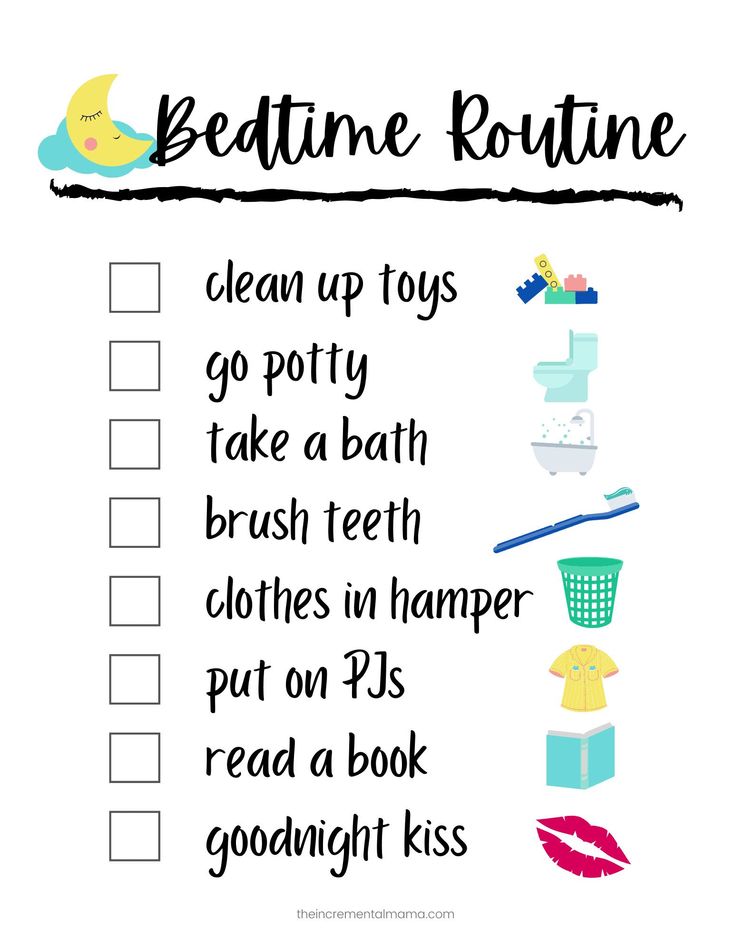
In order for the child to sleep well, certain conditions must be observed. Firstly, the bed and the room in which the child sleeps should be clean and cool, the air should not be too dry. Secondly, the child should not be prevented from falling asleep by extraneous sounds, it is advisable to turn off or dim the light. And, thirdly, before going to bed, the child should not be overfed, but not hungry, otherwise the discomfort in the stomach will prevent him from falling asleep.
Before going to bed it is better not to play active games with the child - nervous excitement will not soon allow him to fall asleep peacefully. A warm bath soothes a child before bedtime, especially if you add a few drops of lavender essential oil to it. Lullabies should not be neglected - this daily ritual gives the baby a feeling of comfort and stability, calms him down.
Several factors can interfere with a child's normal, healthy sleep. If the baby is hungry, thirsty or feels wet, he wakes up.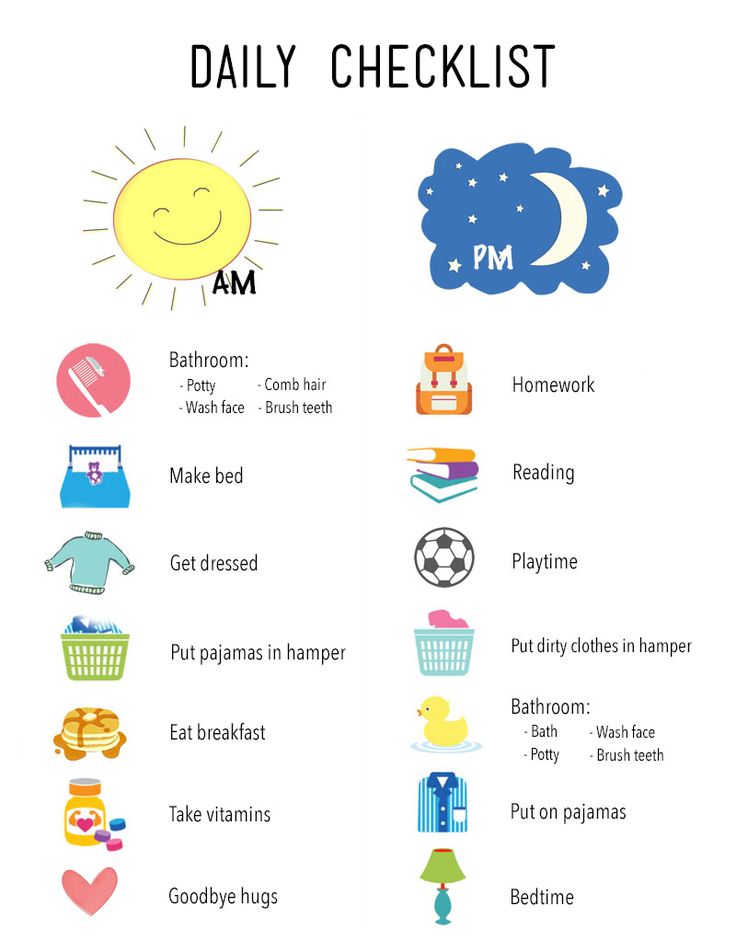 If the baby is hot or, on the contrary, too cold, he can also wake up.
If the baby is hot or, on the contrary, too cold, he can also wake up.
Intestinal colic can interfere with children's sleep, especially in the first months.
Colic is associated with the immaturity of the baby's digestive system: gases accumulate in the intestines and press on its walls, causing pain. Usually colic disappears by 2 months, but can last up to 4-5 months. Special medications, such as Espumizana, a vent tube, dill water, will help soothe the pain. Before using any means, you need to consult a pediatrician.
Erupting teeth cause pain to the child, which, of course, causes disturbances in the usual sleep pattern. To make the baby sleep more peacefully, you can give him special rings filled with gel before going to bed. Such rings are cooled in the refrigerator, after which they are given to the child.
Night terrors may appear in a child around 2 years of age and greatly interfere with his restful sleep. However, rare nightmares are not necessarily a sign of pathology; on the contrary, children who have never had nightmares are an exception to the rule.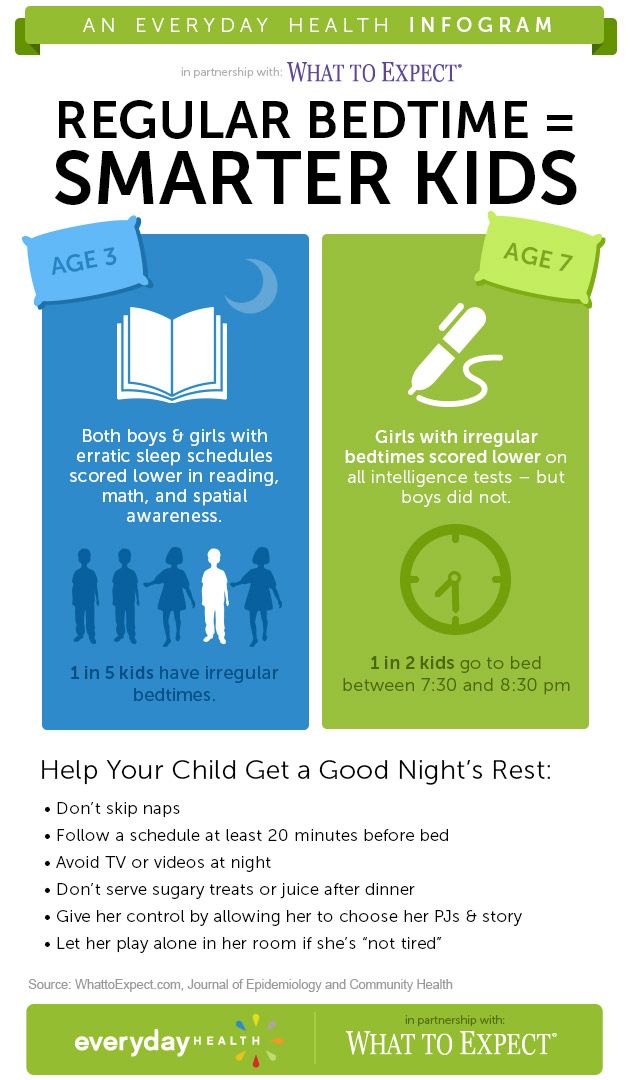 If nightmares become frequent, the same nightmare repeats (this can be judged by the description given by the child himself), then it is better to contact a psychologist.
If nightmares become frequent, the same nightmare repeats (this can be judged by the description given by the child himself), then it is better to contact a psychologist.
Sometimes the child wakes up at night, but not completely, and in less than a minute he falls asleep again. Such "awakenings" should not frighten parents. Therefore, it is not necessary, having heard the slightest sound from the child’s crib, to immediately run to him, grab him in his arms - perhaps it is precisely from the actions of the parents that the child will wake up completely and become capricious.
In order to instill a proper sleep pattern in your baby, it is important to remember the following:
- you don't need to wake your baby on purpose, even if it's time to feed him;
- before putting the child to bed, you need to make sure that he is full;
- Night feedings should take place in a quiet, peaceful environment with subdued lights;
- if there is such an opportunity, then at 10-12 months it is advisable to refuse night feedings;
- it is necessary to put the child to bed always at the same time;
- daily feedings should not lull the child, but on the contrary, tune in to activity;
- it is desirable to start a special ritual of falling asleep, for example, to sing lullabies before going to bed or to put his favorite toy next to the child.
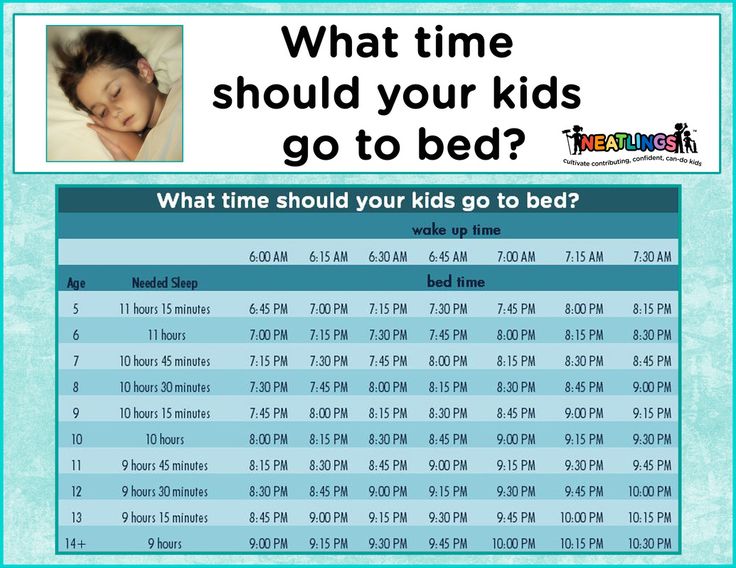
Learn more



